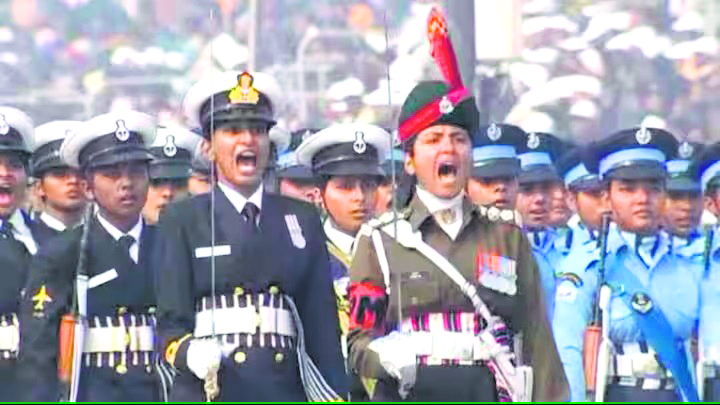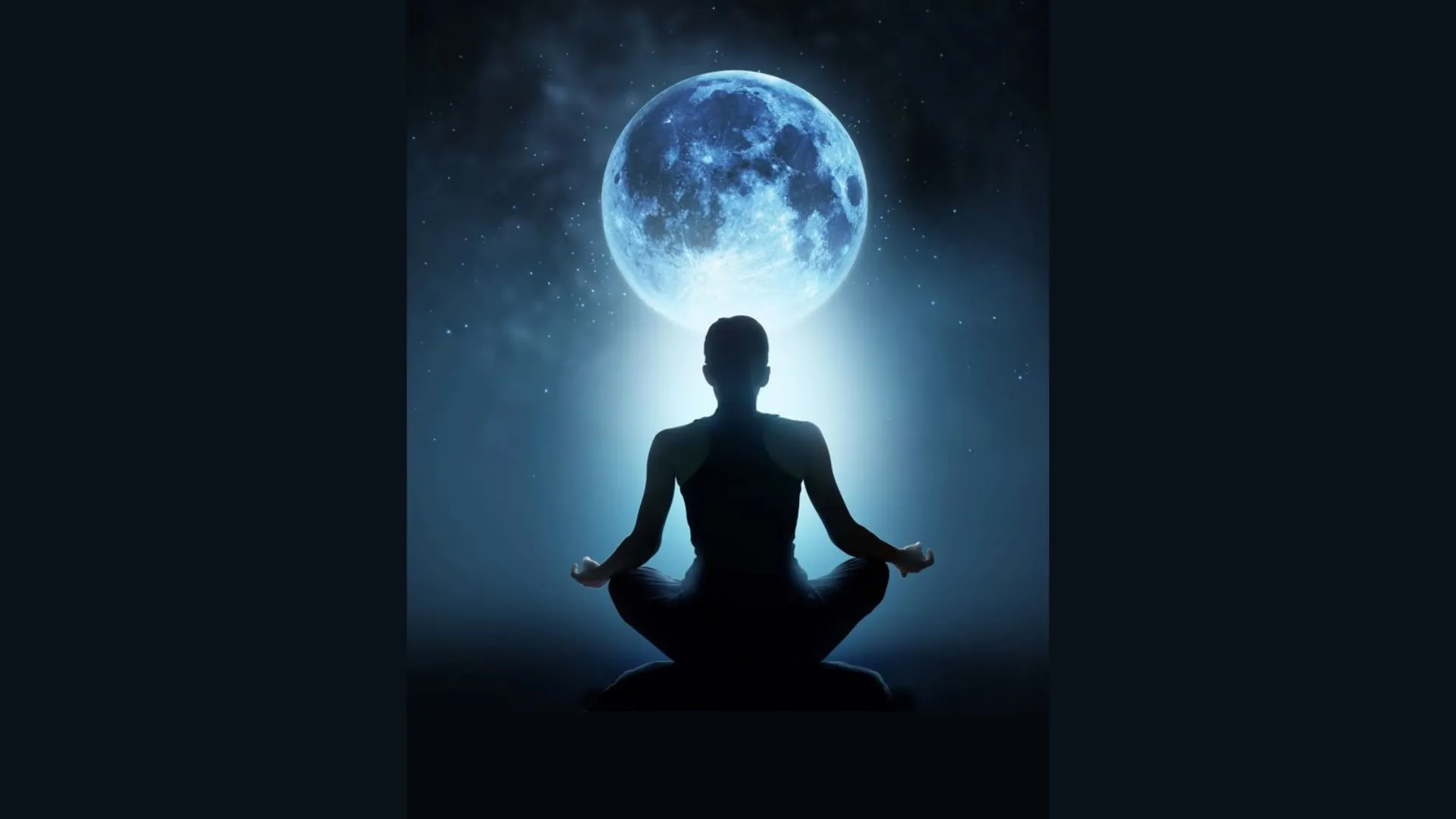When 112 women artistes with various percussion musical instruments, all associated with traditional form of celebrating victory, announcing one’s strength to weaken rivals, ushering in the god, displaying aggression, announcing battle and all linked to India’s traditional form of daily life come and for the first time in its 75th year do the “aavahan” of the Republic Day events, hidden in it are several subtle messages for different audiences. More so since our Prime Minister Narendra Modi does never do anything without nuanced messaging, an expert steganographer as he is. Coming at a time when the nation is on a break out mould setting its own course in front of the global community and that too before a general election which might place Prime Minister Modi on a record consecutive third time in power – matching India’s first Prime Minister Jawaharlal Nehru who could win three successive elections under a completely different national, global and technological scene – the “aavahan” of 112 women artistes should not be dismissed as a mere form of unique entertainment created for the sake of drawing attention. The sharp politician in Narendra Modi has several loud and subtle messages for his friends and foes through the “aavahan”.
First and foremost is choice of artistes – all women band. What better way can one display the flourishing women power (Nari Shakti) that India is witnessing in last few years in particular? This is a fitting way of heralding the 75th Republic Day parades, led by women saluting the first citizen and the supreme commander of the armed forces who herself is a woman. This message however is not much subtle but rather is loud and clear.
Second and subtler is the use of various musical instruments by the artistes. All are of traditional Indian origin. All instruments had and still have use in traditional form of music, be that for celebrations, announcements or displaying protests, valour and invoking gods. The varied instruments chosen originate in different parts of the vast nation and effectively touched all corners – a fine display of unity in diversity in our Indianness.
When women play instruments used by different communities of low or high castes and that too tuned to a Carnatic Raga Revati – a raga meant to evoke pathos, it is expected to create a rhetorical appeal to audience, to convince them, at least to act as persuasive initiation through music, of India regaining its glorious past. Even to an ordinary viewer this message, though not very loud, but is sufficiently clear.
Now take a look at the target audiences – domestic and overseas. The overseas audience is of two categories – major ones for Indians are the Anglophones and those dependent on blessings from these countries – like the USA, UK and Canada. The second category are those who are friendly to Anglophones but do not ape them always, France and Australia, for instance. There is no clear country wise demarcation between these two groups.
There are many in Anglophone countries and their cronies who do not tow the hard line against India. For this group the Republic Day event will have positive impact while those who want to sneer at India this include foreign media like the Guardian, The New York Times et al. this is a non-event, and maybe the pomp and glitter of the event would be mixed with certain poverty and unemployment data coming out of a huge and populous country like ours. This category is unable to digest, therefore accept, the subtle message from the Republic Day event. While the others, not so hostile to India, would appreciate the show without much in depth analysis of the message. It will fall on India’s erudite External Affairs minister Dr S Jaishankar to use these messages as and when he gets an opportunity.
The domestic audience can broadly be divided into two categories – who are supporters of the ruling party, derisively called Bhakts and those who hate it deeply and believe they are the only sensible lot in today’s India. Incidentally majority of these people follow the anglophiles who deride India. Curiously generally speaking there is none among the domestic audience who are neutral to the Modi government. Some might praise certain events and criticise some others – take Ram temple inauguration in Ayodhya for example but as the Republic Day event is concerned Indians of all hues watch the same without much malice.
For the ordinary audience the subtle messages are too subtle to follow. This applies equally to the supporters and detractors – that the event in essence kick started national election campaign of Modi-led BJP would not find many takers. Though for future events this has set up a road map to be followed; more so if Narendra Modi comes back to the Raisina Hill as widely believed. No elected nationalist Indian government will give a miss to the clear “India arrives” message in the 75th Republic Day event. The “aavahan” of 2014 is not exactly a repeat event that happened for the last 74 years. It is a salubrious lesson on how to create national events.























